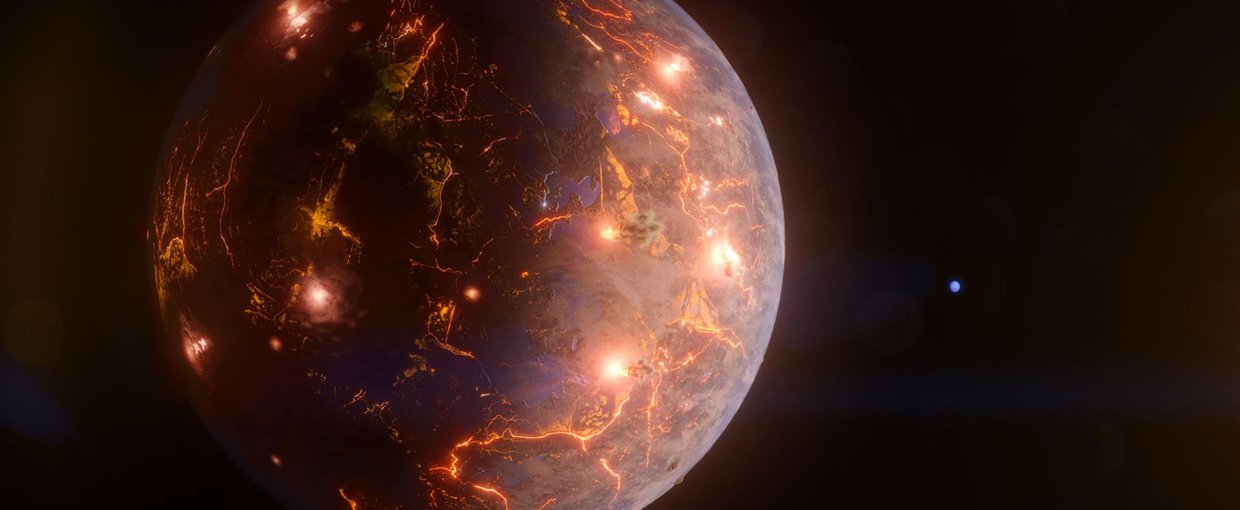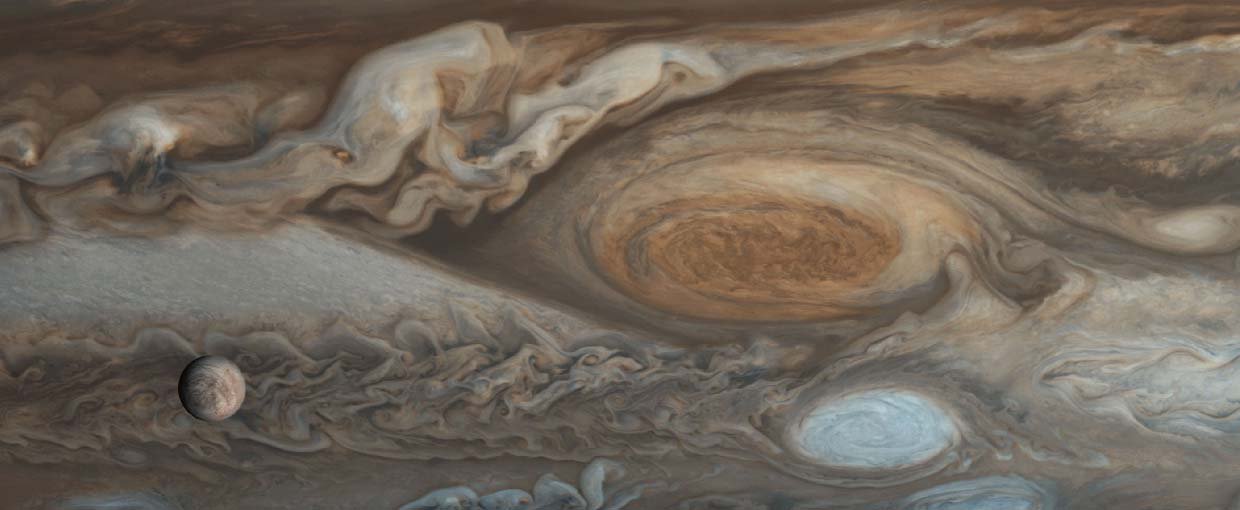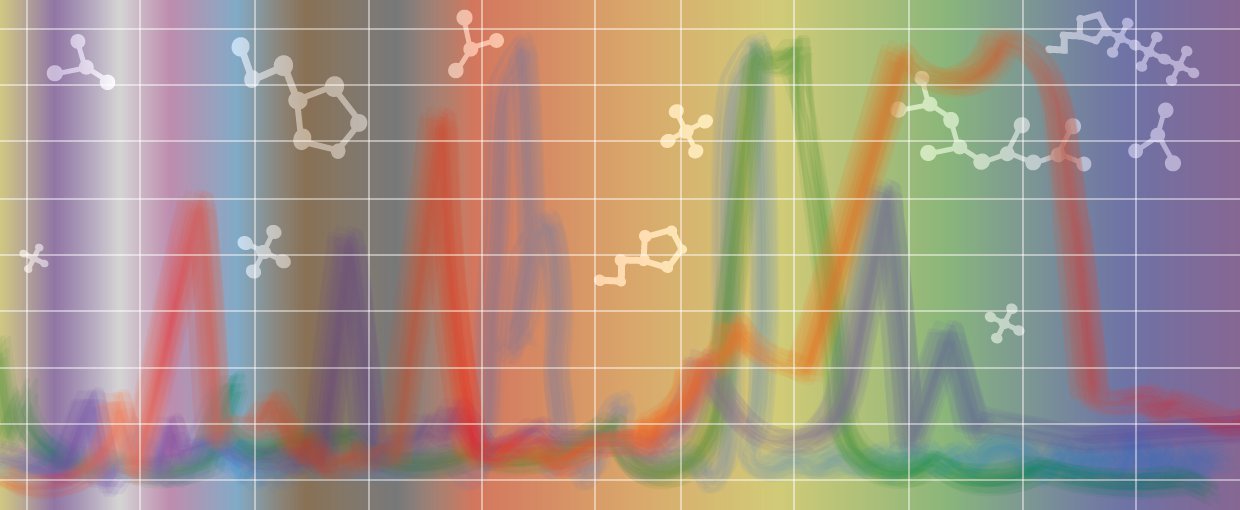Lawrence, D. J., Feldman, W. C., Goldsten, J. O., McCoy, T. J., Blewett, D. T., Boynton, W. V., … Evans, L. G. (2010). Icarus, 209(1), 195–209. doi:10.1016/j.icarus.2010.04.005
Modica, P., & Palumbo, M. E. (2010). A&A, 519(None), A22. doi:10.1051/0004-6361/201014101
Oberst, J., Preusker, F., Phillips, R. J., Watters, T. R., Head, J. W., Zuber, M. T., & Solomon, S. C. (2010). Icarus, 209(1), 230–238. doi:10.1016/j.icarus.2010.03.009
Pan, L., & Scannapieco, E. (2010). The Astrophysical Journal, 721(2), 1765–1782. doi:10.1088/0004-637x/721/2/1765
Raven, J. A., & Knoll, A. H. (2010). Geomicrobiology Journal, 27(6-7), 572–584. doi:10.1080/01490451003702990
Robinson, T. D., Meadows, V. S., & Crisp, D. (2010). The Astrophysical Journal, 721(1), L67–L71. doi:10.1088/2041-8205/721/1/l67
Segura, A., Walkowicz, L. M., Meadows, V., Kasting, J., & Hawley, S. (2010). Astrobiology, 10(7), 751–771. doi:10.1089/ast.2009.0376
Smith, D. E., Zuber, M. T., Phillips, R. J., Solomon, S. C., Neumann, G. A., Lemoine, F. G., … Peale, S. J. (2010). Icarus, 209(1), 88–100. doi:10.1016/j.icarus.2010.04.007
Snyder, J. C., Bateson, M. M., Lavin, M., & Young, M. J. (2010). Applied and Environmental Microbiology, 76(21), 7251–7258. doi:10.1128/aem.01109-10
Spiegel, D. S., Raymond, S. N., Dressing, C. D., Scharf, C. A., & Mitchell, J. L. (2010). The Astrophysical Journal, 721(2), 1308–1318. doi:10.1088/0004-637x/721/2/1308



